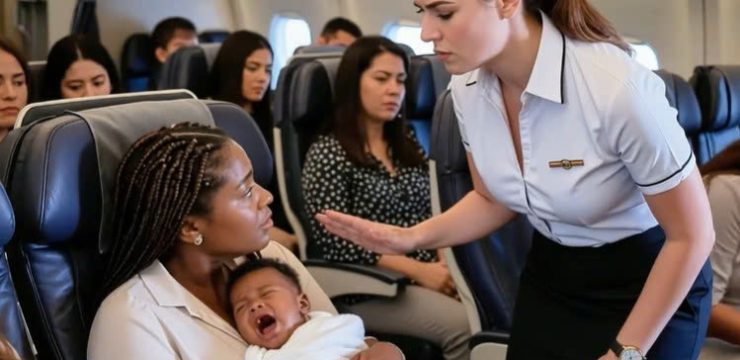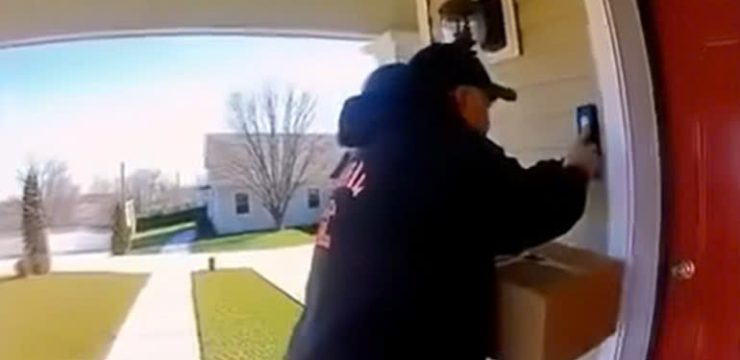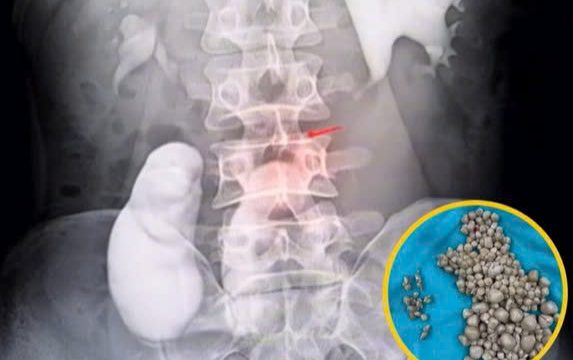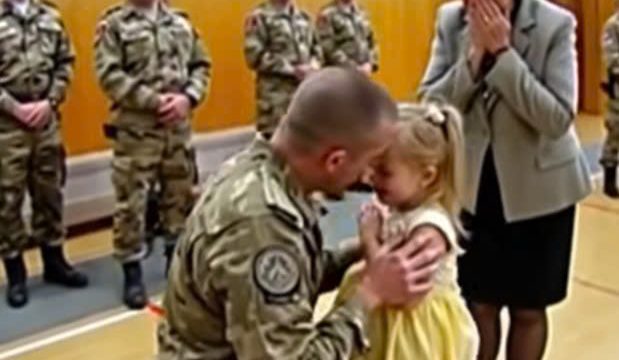For those who grew up in the late 1950s, The Rifleman was a beloved staple in American households. This iconic Western series wasn’t just about thrilling gunfights or the dusty streets of North Fork—it was about timeless values like honesty, respect, and integrity. Each episode delivered heartfelt moral lessons, wrapped in stories of loyalty, family, and courage. While the show is fondly remembered for its groundbreaking storytelling and rich characters, even a classic like The Rifleman had its fair share of bloopers, historical inaccuracies, and amusing behind-the-scenes mishaps.
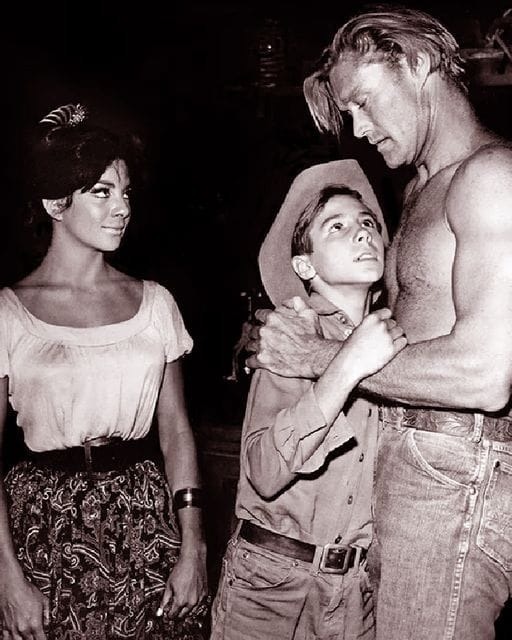
Western shows from that era weren’t exactly known for their historical precision, but honestly, who cares? Accuracy took a backseat to storytelling, and the results were undeniably captivating. Even today, The Rifleman stands out for its emotional depth and complex characters—qualities that many modern shows struggle to replicate. For die-hard fans, the little mistakes and hidden gaffes only add to the charm and nostalgia of the series.
At the heart of The Rifleman was the unforgettable Chuck Connors, who brought rancher and expert marksman Lucas McCain to life. As a widowed father raising his son Mark, played by the talented Johnny Crawford, Connors created a character who resonated deeply with audiences. Their on-screen bond was genuine, and their father-son relationship became the emotional cornerstone of the series. Together, Lucas and Mark navigated the challenges of the Old West, teaching viewers valuable lessons about courage, responsibility, and love along the way.
But even the best productions have their flaws, and The Rifleman was no exception. Eagle-eyed fans have spotted plenty of bloopers over the years, from continuity errors to misplaced props and anachronistic details that simply didn’t belong in the Old West setting. For instance, there were moments when modern automobiles could be seen faintly in the background, peeking out from behind the rustic Western scenery. In other scenes, crew members accidentally wandered into the frame, quickly ducking out of sight once they realized their mistake.
One recurring issue involved Lucas McCain’s iconic Winchester rifle. The rifle itself became almost a character in the show, with its custom large-loop lever and rapid-fire capabilities. However, sharp-eyed viewers noticed inconsistencies in how the rifle operated from one scene to the next. Sometimes, McCain would fire more rounds than the rifle could actually hold, defying the laws of physics and gun mechanics. But let’s be honest—it made for great television, and nobody was really counting bullets when Chuck Connors was delivering justice with such style.
Another amusing quirk was the frequent reuse of props and costumes. Western productions in the 1950s operated on tight budgets, and recycling items between episodes (or even between different shows) was common practice. If you pay close attention, you’ll notice that the same saloon doors, horses, and even clothing items show up repeatedly. Occasionally, the same “background townspeople” were seen playing entirely different roles in consecutive episodes.
The authenticity of the set design also had its occasional slip-ups. In one memorable moment, a character walked past a supposedly “Old West” building—only for the reflection of modern fluorescent lights to be visible in the glass windows. These tiny inconsistencies might break the illusion for a split second, but they’ve become beloved Easter eggs for fans who enjoy spotting them during re-watches.
Beyond the bloopers, there were also plenty of fascinating behind-the-scenes stories that add even more charm to The Rifleman. Chuck Connors, a former professional baseball and basketball player, wasn’t just acting when he expertly handled his Winchester rifle—he genuinely understood how to wield it. His athletic background lent credibility to his character’s physicality, making Lucas McCain one of the most convincing marksmen on television.
Johnny Crawford, who played young Mark McCain, wasn’t just a talented actor—he was also an accomplished musician. Between takes, Crawford would often entertain the crew with his singing, and he later enjoyed a successful music career alongside his acting work. The bond between Connors and Crawford wasn’t just for the cameras; the two remained close friends long after the show ended, a testament to their genuine chemistry.
But not every behind-the-scenes moment was lighthearted. Filming a Western series in the late 1950s came with its share of challenges. Long hours on dusty sets, dealing with unpredictable animals, and enduring the blistering heat of outdoor locations made for grueling workdays. Despite these difficulties, the cast and crew pushed through to create a show that would leave a lasting mark on television history.
Ultimately, the minor mistakes and historical inaccuracies in The Rifleman did nothing to diminish its impact. In fact, they’ve only added to the show’s charm over time. Fans appreciate The Rifleman not because it was perfect, but because it told meaningful stories with heart and authenticity. Each episode offered valuable lessons about honor, family, and standing up for what’s right—values that remain just as relevant today as they were in the 1950s.
While modern television has its fair share of polished effects and high production values, there’s something uniquely special about the simplicity and sincerity of classic Westerns like The Rifleman. The occasional bloopers and quirks remind us that even the most iconic shows were created by imperfect people doing their best to craft something extraordinary.
So, the next time you revisit The Rifleman, keep an eye out for those hidden bloopers and behind-the-scenes details. Whether it’s a stray crew member in the background or Lucas McCain somehow firing one too many bullets, these imperfections are part of what makes the show so endearing. After all, it’s not just about the polished moments—it’s about the heart, grit, and timeless values that The Rifleman brought into homes across America.
